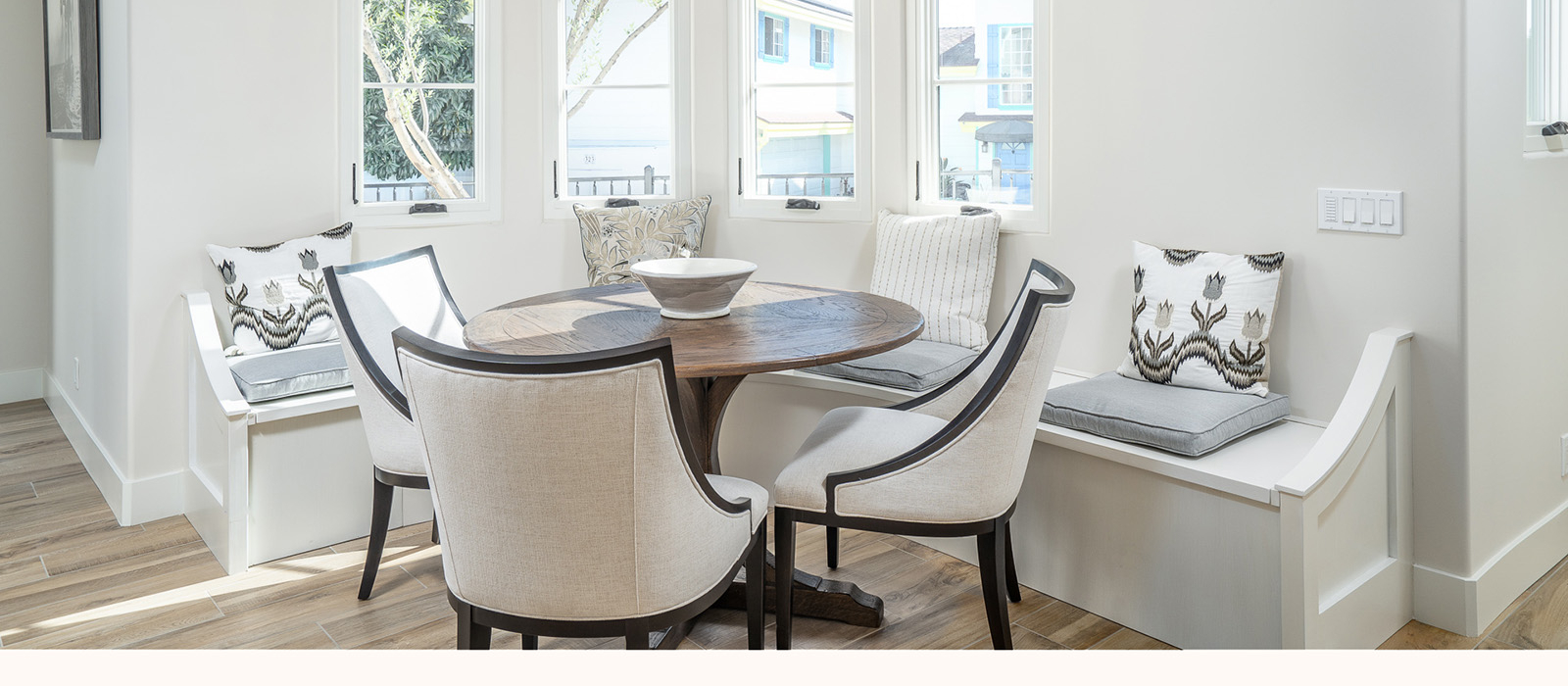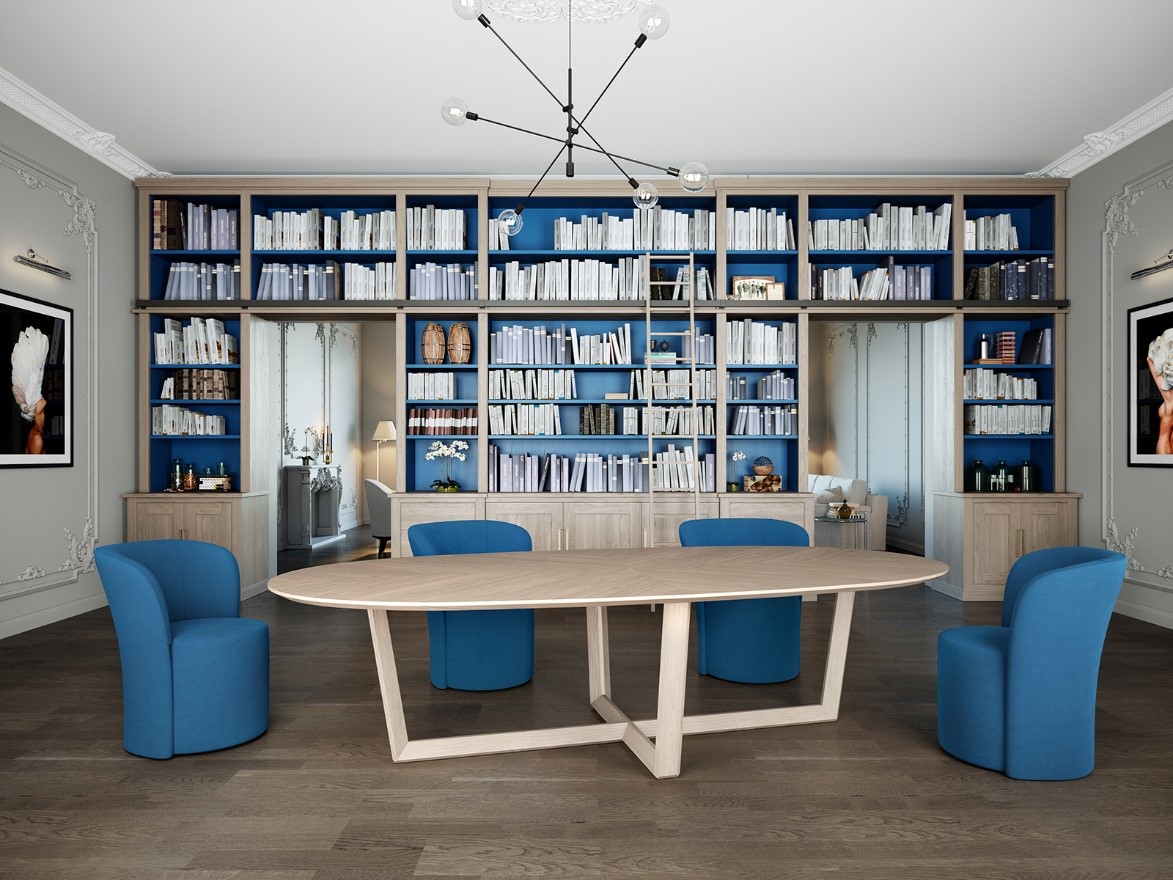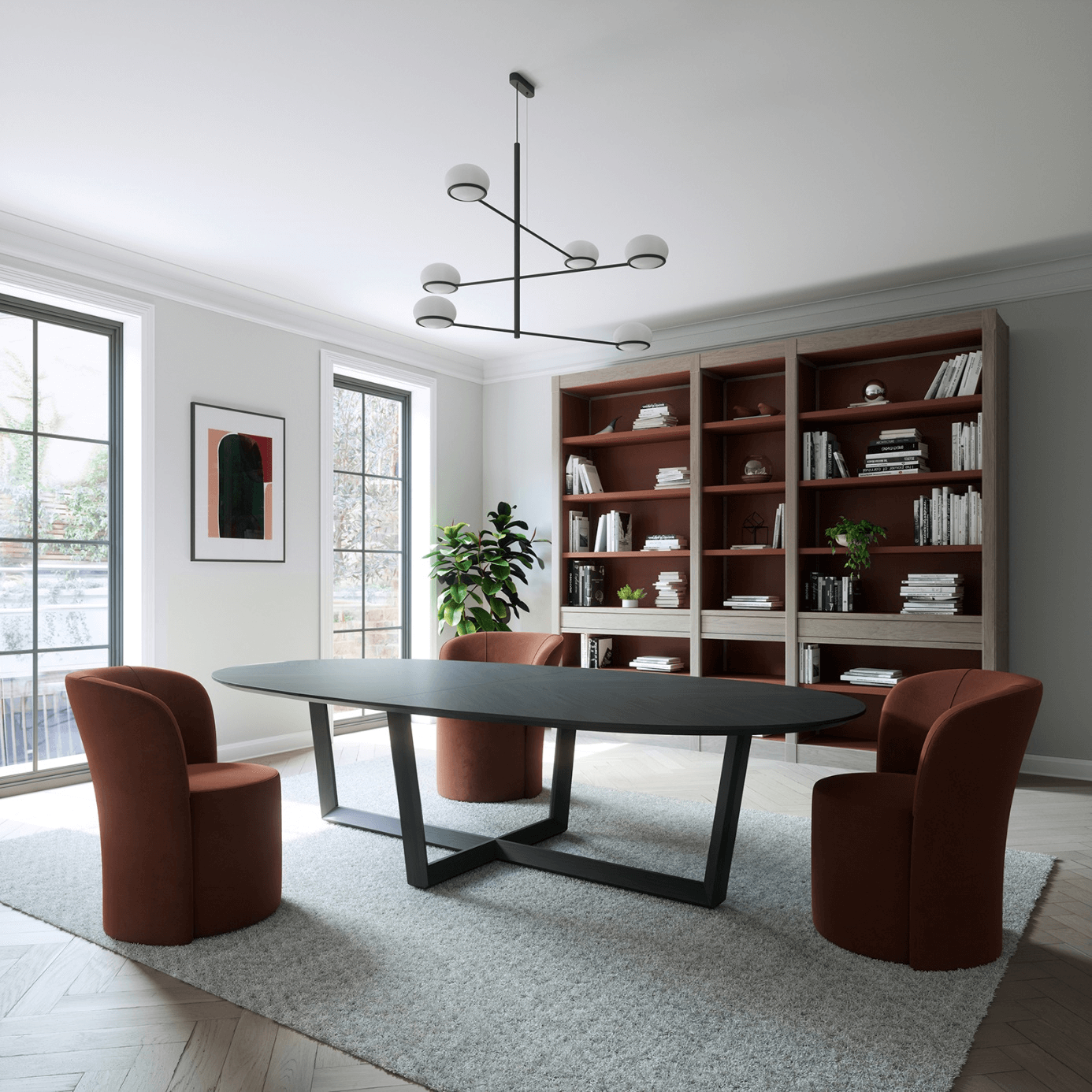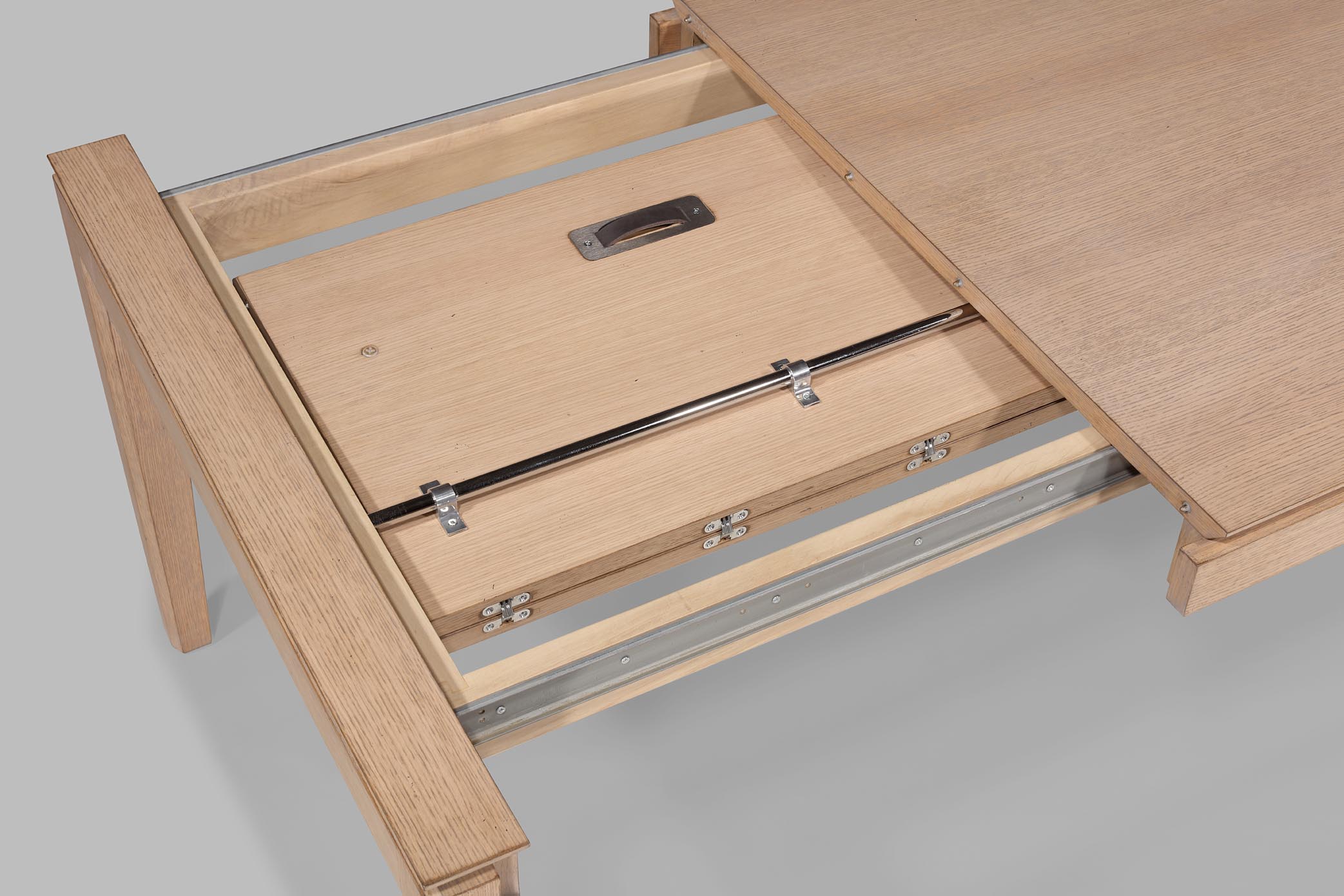Low Dining: The art of comfortable entertaining
Low dining is much more than just an approach to interior design. If you’re looking to bring a touch of comfort and modernity to your living space, “low dining” is the trend to adopt. This revolutionary approach to dining involves lower-than-standard tables and comfortable armchair-style seating, rather than traditional dining tables and high chairs. Low dining embodies a contemporary lifestyle that combines elegance and comfort.

The origins of low dining
Low dining has its roots in Japanese culture, where it is common to sit on tatami mats and share a meal at a low table, traditionally called a “chabudai”. This practice encourages greater proximity between guests, creating a warm, convivial atmosphere. The essence of this trend is simplicity, conviviality and respect for tradition, while adapting perfectly to the evolution of modern living. Discover our LOUNGE table by clicking here

The Low Dining Trend: Its Dazzling Advantages
- Modern: Low dining embodies modern elegance at its best. The low tables and seats used in this approach offer a minimalist, sophisticated look that blends perfectly with contemporary interiors. The clean lines and simplicity of the furniture used in low dining create a soothing, balanced space.
- Create a trendy ambience: If you’re looking for interior design that’s right up to date with the latest trends, low dining is for you. It’s prized by interior designers for its trendiness and its ability to transform any space into a modern work of art.
- Enhanced conviviality: The very essence of “low dining” lies in the closeness between guests. Dinners become moments of intimate sharing, where communication and conviviality take center stage.
- Flexibility: low dining can be adapted to suit different needs. You can create a casual, informal dining space, transform it into a chic reading area, or use it as a meeting and discussion tool.
- Adaptability to small spaces: If you live in a small space, low dining is the ideal solution for maximizing the use of space without sacrificing style. Another advantage is that once you’ve finished your meal, you don’t need to move to the living room to relax, thanks to the comfort of lower seating.
- Connected to Nature: Being closer to the ground can help you feel more connected to nature and the earth. This can add a calming dimension to your dining experience.

In conclusion, “low dining” is an interior design trend that offers an interesting alternative to the traditional dining room. A true stylistic revolution, this approach combining minimalist aesthetics and enhanced conviviality can add a unique touch to your home and transform your meals into memorable experiences. If you want to create a stylish, trendy and welcoming environment, don’t hesitate to adopt this trend, which is conquering the world of interior design and could well be the ideal solution for you.
How to choose the right dining table?
Along with the kitchen, the dining room table is the heart of the home, a place where family and friends gather to share precious moments. Choosing the right table size is crucial to creating a harmonious and functional ambience. Here are a few more tips to guide you in this important decision.

After assessing the number of people to be accommodated and the size of the room, consider the practicality of daily use. A table with rounded corners is often preferable for families with young children, avoiding potential injuries. Our LOUNGE table, for example, is ideal. In addition, if the style suits you, consider a table with a central leg to maximize space under the table and facilitate chair movement. The CARBONE or SPARK tables are perfect for arranging chairs all around.
The shape of the table also plays a role in the dynamics of dining. Oval and round tables encourage conversation and intimacy, while square or rectangular tables may be better suited to large gatherings and receptions.
For those who love to entertain or have fluctuating needs, an extendable table is a wise choice. This makes it easy to adapt the dining space according to the number of guests, while maintaining a practical size for everyday use.

The aesthetics of the table should also be in harmony with the rest of your interior design. A table that stands out can become an attractive focal point, while one that blends into the décor creates a soothing atmosphere.
Finally, think about longevity and durability. Investing in a quality table, made from sturdy materials, can pay off in the long term. It will stand the test of time and repeated use, becoming an expensive and valuable part of your home.
By taking these factors into account, as well as your budget, you’ll be able to choose the ideal table to meet your needs and beautify your living space. A well-chosen table is not just a piece of furniture, it’s the place where memories are made and family life flourishes.